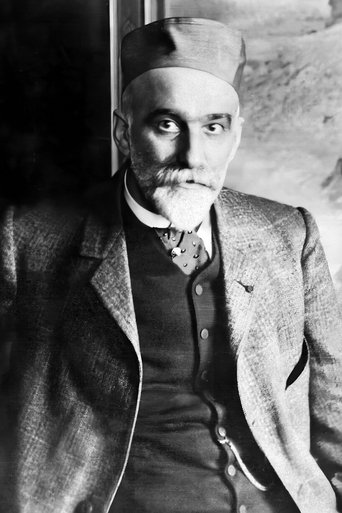Étienne Dinet
| 28 Mar 1861 | Paris, Ile-de-France, France
• 44 views • 0 thumbs up • 0 thumbs down
Death date: 24 Dec 1929
Biography
Étienne Dinet born March 28, 1861 in Paris, city where he died December 24, 1929, is a French painter and lithographer. He is one of the major representatives of the orientalist movement.
Born into a bourgeois Parisian family, he studied at the Lycée Henri IV before joining the Paris School of Fine Arts in 1881 in the studio of the painter Pierre-Victor Galland. The young artist subsequently joined the Académie Julian. Dinet won a medal in 1884 at the Salon des Arts Plastiques at the Palais de l’Industrie as well as a scholarship.
Little interested in the impressionist revolution which was taking place at the time, with his scholarship obtained in 1884, Dinet made his first trip to the south of Algeria, in the company of a team of entomologists, in the region of Bou-Saâda, Naili culture leaves a deep impression on him, he will return there many times. The following year, a second Algerian trip took him to Laghouat and Mzab. He painted his first two paintings: On the terraces of Laghouat and L'Oued M'Sila after the storm. This trip had a profound impact on Dinet as well as his artistic vision and he began learning Arabic. Thus was born the starting point of a love story with Algeria, its culture, its traditions, its inhabitants, its language, its religion. In 1887, he made his third trip to Algeria. From now on, he will spend an average of six months a year there.
Back in Paris, Étienne Dinet exhibited his works at the Georges Petit gallery within the so-called “XXXIII” group made up of French and foreign painters on the fringes of the dominant artistic movements at the time. In 1889, Dinet participated in the Universal Exhibition in Paris where his series of paintings created in Bou-Saâda was rewarded with a silver medal. A few years later, in 1893, he was one of the founding members of the Society of French Orientalist Painters and participated in their first official exhibition. At this time, Dinet's first works illustrated landscapes with vibrant luminosity. Little by little, the young artist added characters to his composition, however being more interested in the treatment of light than in human emotions.
In 1905, Dinet settled permanently in Bou-Saâda while making frequent trips to France. With his friend Sliman Ben Ibrahim, whom he met in 1889, Étienne Dinet traveled the desert and became familiar with the nomadic and Bedouin tribes. From these encounters and experiences new motifs and inspirations emerged. After the daily life scenes, Dinet will focus on portraits. In 1913, he made his conversion to Islam public under the name Nasr-Ed-Dine Dini, then Hadj-Nasr-Ed-Dine Dini in 1929 after his pilgrimage to Mecca. After the First World War, Dinet's work evolved and offered a palette of acid colors.
On December 24, 1929, he died of a heart attack in front of his Parisian home. His funeral took place in Bou Saâda in Algeria. Today he is one of the most popular orientalist painters. The City of Bou-Saâda will found the Nasr-Eddine-Dinet museum in his memory. The Musée d'Orsay in Paris preserves Dinet's first paintings, as well as those from his full maturity. The graphic arts department of the Louvre museum preserves nearly 270 of his drawings.


